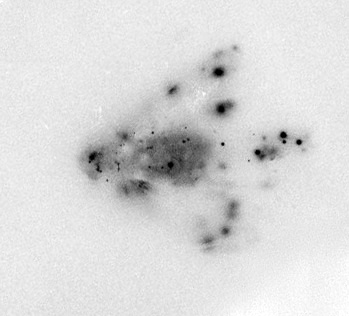Dear friends:
Since the Fukushima nuclear power plants accident in March 2011, there have been two types of contributions by nuclear scientists. One type, who represents the voice of TEPCO, has influenced the decision makers of the solutions to the accident, the government strategy of the evacuation zone, the timing of announcement of the core meltdown and the constant public campaign to give the impression that the situation is improving rapidly. The other type, who has been warning the government of the worsening situation, finds their influence over the decision makers and the media circle limited. However, I find it puzzling that there has been so little warning from the nuclear community about the potential for catastrophic accidents or terrorist attack involving the hundreds of spent fuel pools worldwide. I received a clear explanation from Dr. Gordon Edwards, one of Canada’s best known independent experts on nuclear technology, uranium, and weapons proliferation.
I hope you will better appreciate the serious issues of the spent fuel pools from these comments.
Akio
This article is now available in Japanese.
Dear Akio,
You asked me why there has been so little warning from the “nuclear establishment” (TEPCO and the regulatory agency) about the potential for catastrophic accidents involving the spent fuel pool in reactor number 4.
In the field of nuclear safety, the focus of attention has always been on analyzing and preventing catastrophic accidents involving the core of the reactor. In comparison, little attention has been paid over the years to catastrophic accident scenarios involving the spent fuel pool.
Since the very first US Reactor Safety Study, the “Brookhaven Report” in 1957, to the major 12-volume US NRC Reactor Safety Study (the Rasmussen Report) of 1974, and continuing right down to the present day, virtually all of the attention has been directed to extreme conditions that might develop in the core of the reactor — unterminated power excursions, loss of coolant accidents, breach of the reactor vessel, core meltdowns, and so on.
Most nuclear engineers and nuclear regulators have developed a “blind spot” about the catastrophe potential associated with the spent fuel bay because of years of neglect. Such considerations have never played a significant role in their training as nuclear engineers or in their many subsequent years of experience in the field of nuclear safety analysis.
As a result we have backup pumps, backup electrical supply systems, and backup cooling systems for the core of the reactor, but no backup pumps or electrical supply or cooling system for the spent fuel bay. We have extravagant containment systems for the core of the reactor, but no comparable containment systems for the spent fuel pool.
This absence of backup systems for the spent fuel pool is testimony to the lack of effort and lack of forethought that has been devoted to the spent fuel bay. Nevertheless, the radioactive inventory in the spent fuel pool is often much greater than that in the core of the reactor, and a prolonged loss of coolant — or even loss of circulation of coolant — will lead to overheating of the fuel and extensive fuel damage. This will result in significant releases of radioactive fission products into the atmosphere due to the inadequate or even non-existent containment provided for the spent fuel pool.
Moreover, a loss of coolant in the spent fuel pool — whether by leakage, spillage, or boiling off of the cooling water — will lead to intense gamma radiation that would prevent human access for hundreds of metres in all directions around the spent fuel pool, making it very difficult to take corrective actions.
Read moreWhy Nuclear Scientists Have Missed The Danger Of Spent Fuel Pools … ‘Even Loss Of Circulation Of Coolant Will Lead To Overheating Of The Fuel And Extensive Fuel Damage’








